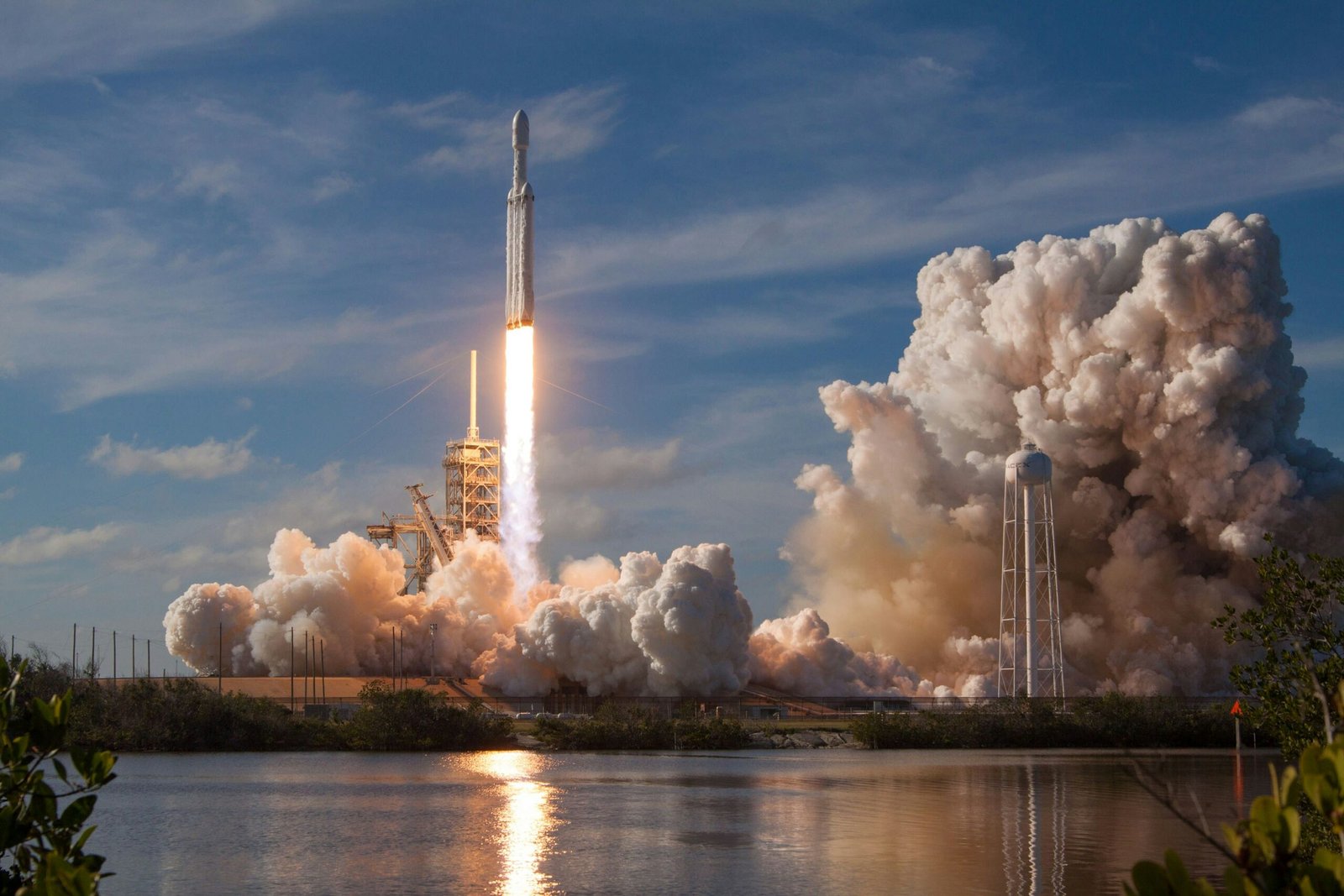1992: First Simultaneous Spacewalk by Three Astronauts
On May 13th, 1992, a historic event took place during the maiden voyage of the space shuttle Endeavour. For the first time in history, three astronauts conducted a simultaneous spacewalk, marking a significant milestone in space exploration.
The spacewalk was a testament to the capabilities of human coordination and cooperation in the challenging environment of outer space. It showcased the remarkable progress that had been made in space technology and the potential for future complex space missions.
The Maiden Voyage of the Space Shuttle Endeavour
The space shuttle Endeavour, named after the British ship commanded by James Cook on his first voyage of discovery, was the fifth and final operational shuttle built by NASA. It was constructed to replace the space shuttle Challenger, which tragically exploded shortly after launch in 1986.
Endeavour’s maiden voyage began on May 7th, 1992, with a crew of six astronauts on board. The primary objective of the mission, known as STS-49, was to retrieve and repair the Intelsat VI satellite, which had been stranded in a useless orbit since its launch in March 1990.
During the mission, the crew successfully captured the satellite using the shuttle’s robotic arm and performed a series of spacewalks to attach a new motor to the satellite. However, it was the simultaneous spacewalk by three astronauts that captured the world’s attention and made history.
Astronauts Working in Harmony
The three astronauts who participated in the simultaneous spacewalk were Pierre Thuot, Richard Hieb, and Thomas Akers. They ventured outside the shuttle’s airlock and worked together to accomplish their tasks.
Spacewalks, also known as extravehicular activities (EVAs), are critical for astronauts to perform repairs, maintenance, and scientific experiments outside the confines of their spacecraft. They require meticulous planning, extensive training, and precise execution.
The simultaneous spacewalk during the Endeavour mission demonstrated the importance of teamwork and coordination in the harsh environment of space. It showcased the astronauts’ ability to work together seamlessly, relying on each other’s expertise and support to accomplish their objectives.
Implications for Future Space Missions
The success of the simultaneous spacewalk during the Endeavour mission had far-reaching implications for future space exploration. It opened up new possibilities for complex space missions that would require multiple astronauts to work together outside their spacecraft.
By demonstrating the feasibility of simultaneous spacewalks, NASA gained valuable insights into the challenges and opportunities of conducting complex operations in the vacuum of space. This paved the way for future missions, such as the construction and maintenance of the International Space Station.
The International Space Station (ISS), a joint project involving multiple countries, has been continuously occupied since November 2000. It serves as a research laboratory and a platform for international cooperation in space exploration.
The experience gained from the simultaneous spacewalk during the Endeavour mission contributed to the development of protocols and procedures for spacewalks on the ISS. It helped astronauts prepare for the challenges they would face during their extravehicular activities on the station.
The successful collaboration and coordination demonstrated by the astronauts during the simultaneous spacewalk in 1992 continue to inspire future generations of space explorers. It serves as a reminder of the remarkable achievements that can be accomplished through human ingenuity and teamwork.
For more information on the historic simultaneous spacewalk during the Endeavour mission, you can visit the NASA website or read about it in the Smithsonian Magazine.

